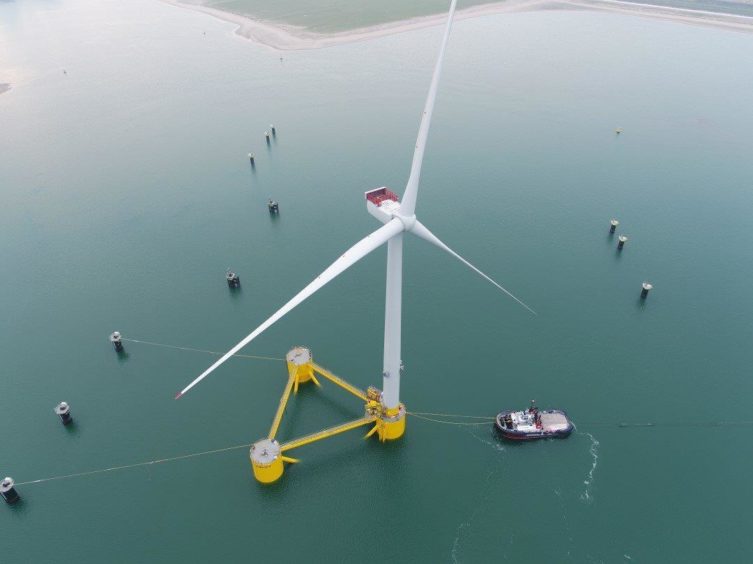
The Crown Estate has published further details on its plans for a floating wind leasing round in the Celtic Sea, for delivery from 2030.
The Crown Estate has said a new floating wind leasing round could unlock up to 4GW of new clean energy capacity in England and Wales and help develop a new industrial sector in the UK.
The new capacity would offer enough clean power for almost four million more homes, the land management group said, as well as creating opportunities for significant new investment in jobs, skills, and infrastructure.
Published on 11 November, the proposed leases would focus on two project types – early-commercial scale projects of around 300-350MW, and full-commercial scale projects of up to 1GW.
The leasing process could see rights awarded by the end of 2023, with projects delivered from 2030 into the early part of the next decade.
Taking a new tack, it also said there would be a “revised approach” to spatial design and Habitats Regulations Assessment (HRA), which would see The Crown Estate itself conduct an integrated spatial design and assessment ahead of the market tender.
This would help identify any environmental issues at the earliest opportunity, de-risking investments and environmental impacts, and streamlining the consenting process.
It added that the Llŷr and Whitecross test projects, announced earlier this year, would be folded into the HRA process for the Celtic Sea.
Crown Estate will also engage directly with electricity system operators to develop a coordinated grid solution for floating wind projects, in line with the work already underway through the Offshore Transmission Network Review.
The Crown Estate said it would now begin the next stages of its engagement with market and stakeholders on the programme, which will take place in two phases over the winter of 2021-22.
The first phase will focus on the spatial design, and data-gathering elements to help inform the location of project sites, while phase two will consult on the design of the market tender and the wider considerations of the programme, including on supply chain, ports and grid, as well as community benefits, such as skills and employment.
Commenting on the proposals, The Crown Estate’s managing director of marine, Huub den Rooijen said the round offers “a powerful opportunity” to open up the renewable resources of the Celtic Sea.
“We are focused on realising this potential in a way that supports the development of the regional supply chain and infrastructure, protects our marine environment, and harnesses the opportunity for local communities,” he continued.
“We look forward to working closely with UK and Welsh government, regional authorities, the market and stakeholders to establish this emerging sector and reinforce the UK’s position as the world leaders in offshore wind.”
Energy, Clean Growth and Climate Change Minister Greg Hands said: “The UK is a world leader in offshore wind deployment and floating technology is going to be vital in ensuring we meet our target of delivering 1GW of floating offshore wind by 2030 – a key part of the Prime Minister’s Ten Point Plan.
“Today’s proposals by The Crown Estate to expand our offshore wind capacity will help unlock the full potential of the UK’s seas, creating high-skilled jobs and driving investment – all while supporting the delivery of clean energy to millions of homes across the country.”
Further details are available in the Crown Estate’s position paper.
Recommended for you
